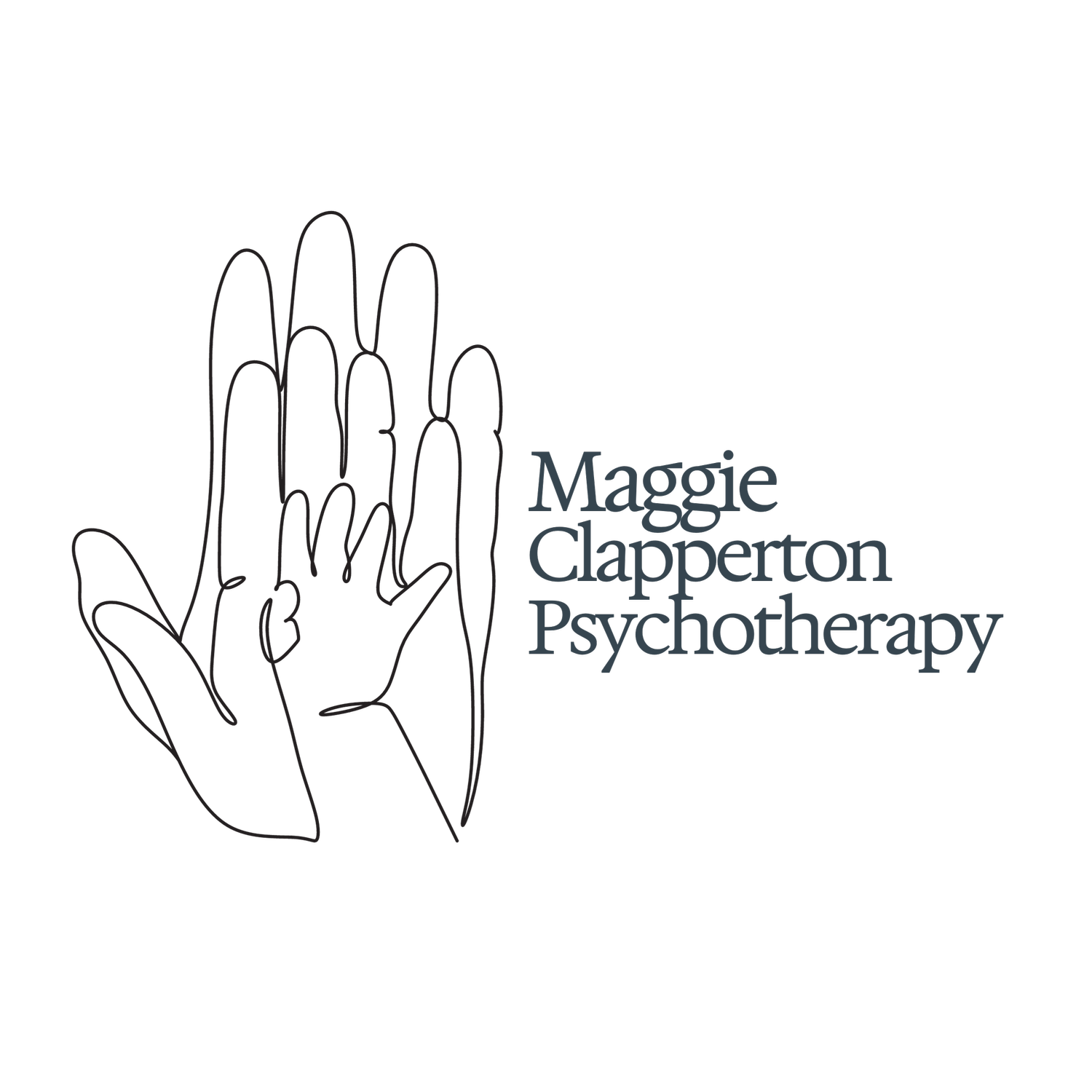5 Common Reasons Psychotherapy Falls Short: Insights Backed by Research
Psychotherapy, though widely regarded as an effective treatment for various mental health concerns, doesn't always yield the desired outcomes for every individual. Numerous studies have delved into the reasons behind therapy failures, shedding light on factors that impede progress or contribute to dissatisfaction with treatment. This blog post aims to explore some common reasons psychotherapy may falter, drawing insights from recent research findings.
Mismatched Therapeutic Approach: Research indicates that the lack of alignment between the therapeutic approach and the client's needs or preferences can hinder therapeutic progress (Norcross & Wampold, 2011). For instance, if a client prefers a more structured, directive approach but receives a predominantly nondirective, client-centered therapy, it may lead to dissatisfaction and limited effectiveness.
Poor Therapeutic Alliance: The therapeutic alliance, characterized by mutual trust, respect, and collaboration between therapist and client, is a key predictor of therapy outcomes (Flückiger et al., 2018). When there's a breakdown in this alliance due to interpersonal conflicts, mismatched expectations, or inadequate communication, therapy effectiveness can be compromised.
Client Factors: Individual client characteristics, such as resistance to change, low motivation, or comorbid conditions, can significantly impact therapy outcomes (Swift & Greenberg, 2012). Clients who are ambivalent about change or reluctant to engage in therapy may struggle to benefit fully from treatment, despite the therapist's efforts.
Therapist Competence: The competence and skill of the therapist play a crucial role in therapy outcomes (Wampold et al., 2017). Inadequate training, lack of experience, or adherence to outdated or ineffective treatment techniques can undermine the therapeutic process. Additionally, therapist characteristics such as empathy, cultural competence, and flexibility are essential for fostering positive outcomes.
Ineffective Treatment Planning: Failure to develop a comprehensive treatment plan tailored to the client's specific needs and goals can impede progress (Beutler et al., 2014). Therapy that lacks clear objectives, structured interventions, or regular reassessment of progress may fail to address the underlying issues effectively.
While psychotherapy can be a valuable tool for promoting mental health and well-being, its effectiveness is not guaranteed. By understanding the common reasons for therapy failures identified through research, therapists can adapt their practice to address these challenges, thereby enhancing the likelihood of positive outcomes for their clients.
Sources:
Norcross, J. C., & Wampold, B. E. (2011). Evidence-based therapy relationships: Research conclusions and clinical practices. Psychotherapy, 48(1), 98–102.
Flückiger, C., Del Re, A. C., Wampold, B. E., Symonds, D., & Horvath, A. O. (2018). How central is the alliance in psychotherapy? A multilevel longitudinal meta-analysis. Journal of Counseling Psychology, 65(4), 445–458.
Swift, J. K., & Greenberg, R. P. (2012). Premature discontinuation in adult psychotherapy: A meta-analysis. Journal of Consulting and Clinical Psychology, 80(4), 547–559.
Wampold, B. E., Imel, Z. E., Laska, K. M., Benish, S. G., Miller, S. D., & Flückiger, C. (2017). Determining what works in the treatment of PTSD. Clinical Psychology Review, 54, 1–13.
Beutler, L. E., Malik, M. L., Alimohamed, S., Harwood, T. M., Talebi, H., Noble, S., & Wong, E. (2014). Therapist variables. In M. J. Lambert (Ed.), Bergin and Garfield's handbook of psychotherapy and behavior change (6th ed., pp. 258–297). John Wiley & Sons.



